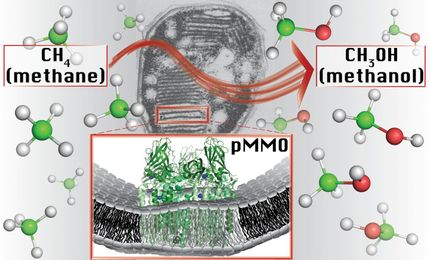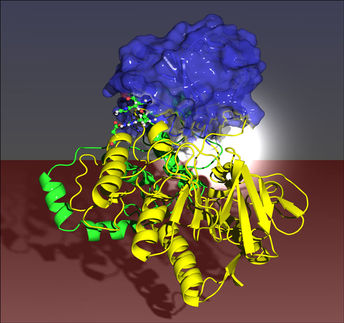Pioneering research succeeds in producing industrially vital chemical through engineered bacteria
Metabolic engineering could herald the end of fossil fuels in industrial chemical production
A team of South Korean scientists have succeeded in engineering the bacterium E. coli to produce the industrial chemical putrescine. The research, published in the journal biotechnology and Bioengineering, provides a renewable alternative to the production of this important chemical which is traditionally created using fossil fuels.
Putrescine, a four carbon chain diamine, is an important platform chemical with a wide range of applications for the pharmaceutical, agrochemical and chemical industries. It is currently used to synthesize nylon-4,6, a widely used engineering plastic. Currently putrescine is priced at over €1,600 per ton with an estimated demand of 10,000 tons per year, which is expected to grow.
Currently the production of putrescine on an industrial scale relies on chemical synthesis, which requires non-renewable petrochemicals and expensive catalyst systems. This process is highly toxic and flammable with potentially severe repercussions for both the environment and human health. Now the Korean-based team, led by Professor Sang Yup Lee at KAIST, have pioneered the biotechnological production of the chemical using renewable materials.
"For the first time we have developed a metabolically engineered E. coli strain that efficiently produces putrescine," said Professor Lee. "The development of a bio-refinery for chemicals and materials is very important in a world where dependency on fossil fuels is an increasing concern."
The team developed a strain of E.coli capable of producing putrescine through metabolic engineering. This is where a cell's metabolic and regulatory networks are enhanced in order to increase production of a needed product.
First the team weakened or deleted competing metabolic pathways within the E.Coli strain before deleting pathways which cause putrescine degradation. They also amplified the crucial enzyme Spec C, which converts the chemical ornithine into putrescine. Finally the putrescine exporter, which allows excretion of intracellularly made putrescine, was engineered while a global regulator was engineered to further increase the concentration of putrescine. The final result of this process was an engineered E. coli strain which produced 24.2 g of putrescine per litre.
However, as it was believed that putrescine is toxic to microorganisms the team had to study putrescine tolerance in E. coli before it could be engineered to overproduce the chemical to the levels needed for industrial production.
The results revealed that E. coli can tolerate at least 0.5 M of putrescine, which is tenfold higher than the usual concentration in the cell. This level of tolerance was an important surprise as it means that E. coli can be engineered to overproduce putrescine to industrially competitive levels.
"The previously expected toxicity of putrescine may explain why its microbial production has been overlooked," said Lee. "Now a metabolically engineered E.coli strain has been developed which is capable of efficiently producing putrescine using renewable methods to an industrial level. This metabolic engineering framework should be useful for developing metabolically engineered microorganisms for the efficient production of other chemicals from renewable resources."
Other news from the department science
Most read news
More news from our other portals
See the theme worlds for related content
Topic world Synthesis
Chemical synthesis is at the heart of modern chemistry and enables the targeted production of molecules with specific properties. By combining starting materials in defined reaction conditions, chemists can create a wide range of compounds, from simple molecules to complex active ingredients.

Topic world Synthesis
Chemical synthesis is at the heart of modern chemistry and enables the targeted production of molecules with specific properties. By combining starting materials in defined reaction conditions, chemists can create a wide range of compounds, from simple molecules to complex active ingredients.





















































